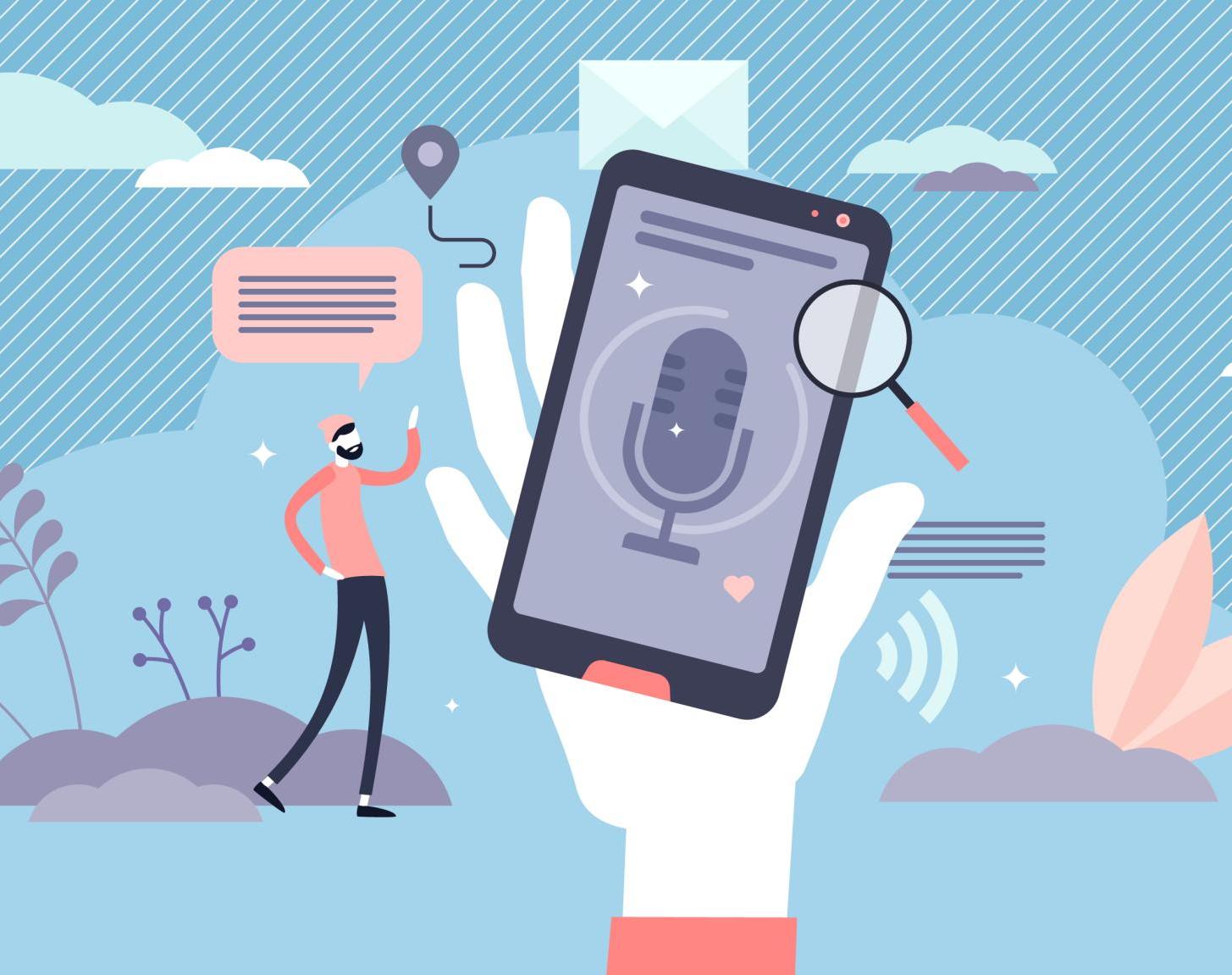For online businesses, standing out from the crowd and reaching the right audience are crucial elements of success. One innovative strategy that has emerged as a key player in this space is geotargeting.
At its core, geotargeting is the practice of delivering different content to users based on their geographical locations. By targeting specific audiences based on their locale, businesses can create more personalized user experiences, ultimately enhancing their online presence and effectiveness.
Why Geotargeting?
The question arises, why should online businesses focus on geotargeting? The answer lies in the transformative power it holds for website conversions.
- Enhanced Personalization
Geotargeting allows businesses to tailor their website's content, design, and offerings based on the user's location, creating a more personalized and engaging user experience. This personalization can significantly improve user engagement, decrease bounce rates, and ultimately boost conversions. - Improved Ad Relevance
Location-specific advertising makes promotional content more relevant to the users, improving click-through rates and ad effectiveness. A well-targeted ad can resonate more deeply with the user, increasing the likelihood of converting them into a customer. - Optimized User Experience
By understanding where your audience is based, businesses can optimize their website for local preferences, languages, currencies, and even cultural nuances. This improved user experience can lead to higher customer satisfaction and increased conversion rates. - Data-Driven Insights
Geotargeting provides valuable insights about user behaviour in different regions. These insights can help businesses to understand regional trends, preferences, and purchasing behaviour, enabling them to make data-driven decisions to improve their conversion strategies.
The essence of successful online business lies in reaching the right audience with the right message at the right time. Geotargeting is a powerful tool that helps businesses to achieve this objective, offering an effective pathway to improve website conversions.
Benefits of Geotargeting
Geotargeting offers a range of benefits that can bolster your online presence and contribute significantly to your conversion rates.
- Localized Content
With geotargeting, you can tailor your content to align with regional preferences, culture, and language. This personalized approach can improve user engagement and satisfaction, leading to higher conversion rates. - Efficient Resource Allocation
By understanding where your audience is, you can allocate your resources more effectively, directing your marketing efforts and budget towards areas with higher engagement and conversion rates. This results in improved return on investment (ROI). - Increased Relevance of Promotions and Ads
Location-based advertising allows you to provide offers and promotions that are relevant to the user's geographical area. For example, promoting winter apparel to users located in colder regions can increase the relevance of your ads and improve click-through rates. - Improved Search Engine Optimization (SEO)
Search engines like Google often prioritize local businesses in search results. Geotargeting can help improve your local SEO, making your website more visible to users in specific locations. - Competitive Advantage
By understanding the behaviour and preferences of users in different locations, you can offer services or products that outmatch local competitors. This strategic advantage can make your business stand out and increase your share in the local market. - Real-time Engagement
Geotargeting enables real-time engagement by offering location-specific services or promotions. For instance, if a user is close to one of your stores, you can send push notifications about exclusive in-store offers. This can significantly boost your conversions. - Better Analytics
Geotargeting can offer insights into the performance and engagement of your website across different regions. This data can help identify areas for improvement and inform future marketing strategies.
Implementing geotargeting not only creates a more personalized user experience but also provides valuable data to enhance your marketing efforts, making it a powerful tool in driving website conversions.
How Geotargeting Works?
Understanding the technical aspects of geotargeting can help businesses implement it more effectively.
Geotargeting works by identifying the geographical location of a website visitor and delivering different content or advertisements based on that location. This location data can be obtained through a few different methods:
- IP Address
Each time a user connects to the internet, they are assigned an IP address by their Internet Service Provider (ISP). This IP address carries information about the user's geographical location. Geotargeting systems can use this IP address to identify a user's city, region, or even country. - GPS Data
For mobile users, Global Positioning System (GPS) data can provide more precise location information. This is particularly useful for delivering location-specific content or promotions to mobile users. - Wi-Fi or Cellular Data
In some cases, location information can be gleaned from a user's connection to local Wi-Fi networks or cellular data towers.
Once the system identifies the location of the user, it delivers personalized content or advertisements that align with that particular geographical area. This could involve presenting website content in the local language, displaying region-specific products or offers, or adjusting pricing based on local economic factors.
It's important to note that geotargeting complies with user privacy regulations. Users generally need to grant permission for websites to access their location data, ensuring transparency and respect for user privacy.
Through these mechanisms, geotargeting presents an opportunity for businesses to deliver a highly personalized user experience, contributing to increased engagement and potentially higher website conversions.
Best Practices for Geotargeting
While geotargeting holds immense potential, its effectiveness relies heavily on strategic implementation. Here are some best practices to maximize the benefits of geotargeting:
- Understand Your Audience
Before you can tailor your content to different locations, you need a comprehensive understanding of your audience in those areas. Research local trends, preferences, and consumer behaviours to create a more personalized and effective experience. - Respect Privacy
It's crucial to follow all relevant data privacy regulations when implementing geotargeting. Ensure that users are informed about your use of geotargeting and that they have the option to opt out. - Test and Optimize
Continuously test your geotargeted content to see what works and what doesn't. Use A/B testing to compare different approaches, and optimize based on your findings. - Use the Right Tools
Utilize geotargeting tools that offer detailed analytics. This can provide you with valuable insights into your performance in different regions and help you adjust your strategy as needed. - Personalize Content Effectively
Merely translating your content into different languages isn't enough. Truly effective geotargeting involves tailoring your content to reflect local culture, trends, and consumer preferences. - Be Consistent
While it's important to tailor your content to different regions, it's also crucial to maintain a consistent brand image and message across all areas. - Align with Marketing Efforts
Coordinate your geotargeting strategy with your overall marketing efforts. This can help provide a more unified and effective user experience. - Start Small and Expand
If you're new to geotargeting, start with a small number of key locations and expand as you become more comfortable and experienced with the process.
By incorporating these best practices into your geotargeting strategy, you can maximize its effectiveness and see a significant impact on your website conversions.
Case Study: Geotargeting Success Story
Let's delve into a real-world example of a business that harnessed the power of geotargeting to drive remarkable results. For the sake of privacy, we'll refer to this company as "Brand X."
Background:
Brand X is a fashion retailer with an extensive online presence. Despite having customers from all over the globe, they noticed that their conversion rates varied significantly by region. To address this, Brand X decided to implement a geotargeting strategy.
Strategy:
Brand X started by analyzing their existing data to identify regional trends and preferences. They found that certain products were more popular in specific regions. Using this information, they adjusted their website to display these region-specific products more prominently to users from those areas.
Additionally, they found that customers from different regions had different peak shopping times. They tailored their email marketing campaigns to send promotional emails during these peak times for each region, further personalizing their approach.
Results:
The results were significant. By simply adjusting their website content and email marketing campaigns based on geographical location, Brand X saw a 30% increase in conversion rates within six months. These changes also resulted in a 20% boost in the average order value and a decrease in bounce rates.
This case study demonstrates the transformative power of geotargeting. By understanding regional trends and tailoring their online presence accordingly, Brand X was able to significantly enhance their user engagement and conversion rates. This example provides clear evidence that with a thoughtful geotargeting strategy, businesses can truly resonate with their customers on a personal level, leading to increased online success.
Common Questions about Geotargeting
Geotargeting is a relatively complex subject, and many people have questions or misconceptions about it. Let's address some of the most common queries.
- What is geotargeting?
Geotargeting is a digital marketing strategy that involves delivering different content or advertisements to users based on their geographical location. This can be done through the use of IP addresses, GPS data, Wi-Fi or cellular data. - Is geotargeting the same as geofencing?
While they are related, geotargeting and geofencing are not the same. Geotargeting involves delivering content based on a user's general location, while geofencing is a more specific strategy that involves setting up a virtual 'fence' around a particular area and targeting users within that area. - Is geotargeting legal?
Yes, geotargeting is legal. However, it's essential to comply with all relevant data privacy laws and regulations. Users should be informed about your use of geotargeting and should have the option to opt out. - How accurate is geotargeting?
The accuracy of geotargeting depends on the method used to determine a user's location. Generally, IP addresses can provide information about a user's city, region, or country, while GPS data can offer more precise location information.
Can geotargeting improve my SEO?
Yes, geotargeting can improve your local SEO. Search engines often prioritize local businesses in search results, so implementing a geotargeting strategy can make your website more visible to users in specific locations.
Can geotargeting be used on all websites?
In theory, any website can use geotargeting. However, it's particularly effective for businesses with a broad customer base spread across different geographical locations. If your business falls into this category, geotargeting can be a valuable tool for increasing engagement and conversion rates.
Geotargeting is a powerful tool when used correctly. By understanding what it is and how it works, businesses can leverage it to enhance their online presence and drive conversions.
Geotargeting has emerged as an essential tool in for online marketing, offering businesses the unique opportunity to personalize their online presence based on a user's geographical location. From enhancing user experience through localized content to efficiently allocating resources and boosting SEO, the benefits of geotargeting are multifaceted and significant. The success of businesses like Brand X exemplifies how a thoughtful geotargeting strategy can lead to remarkable results, driving increased engagement and higher website conversions.
Despite the complexity of geotargeting, it's worth noting that with an understanding of your audience, respect for user privacy, continual testing and optimization, and the use of appropriate tools, any business can implement this strategy successfully. While the world of online business is increasingly competitive, the use of geotargeting can help your brand stand out and resonate with your audience on a personal level.




